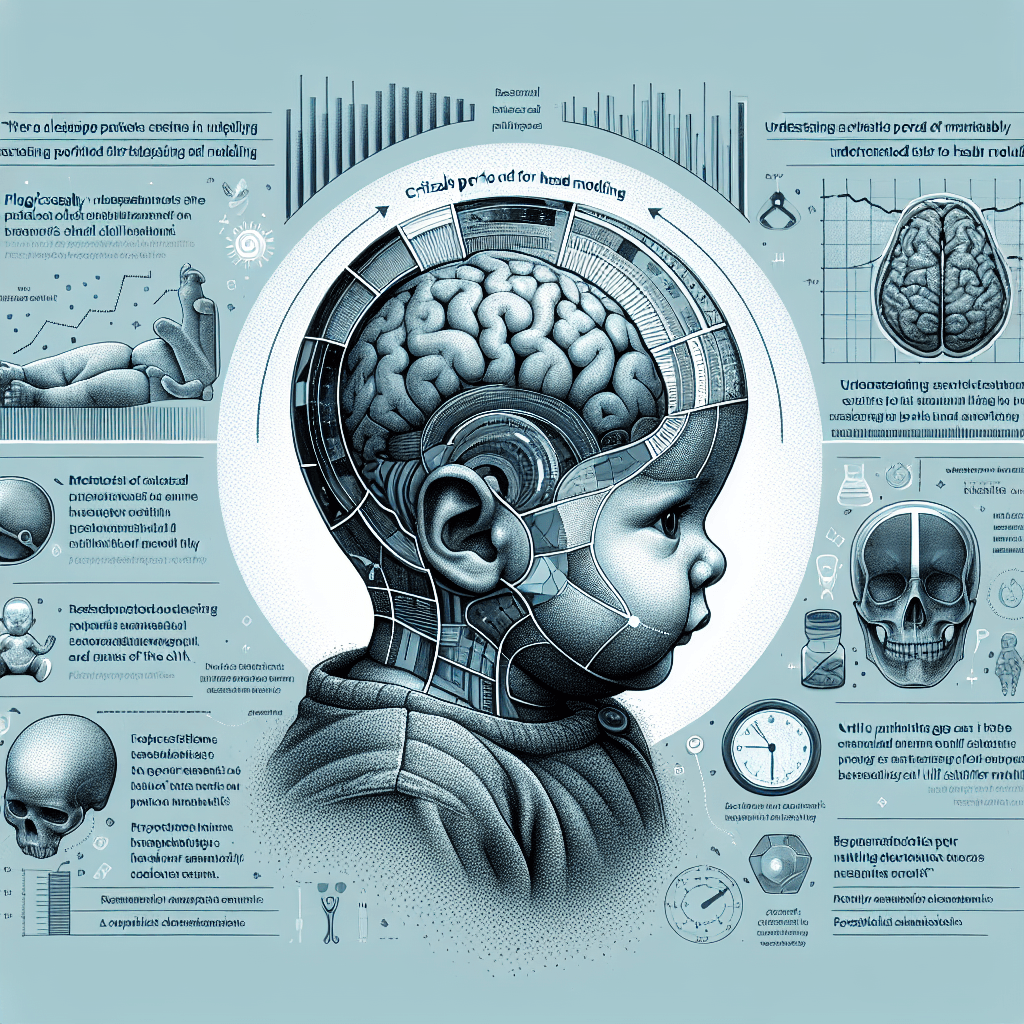Plagiocephaly: By What Age Is Baby's Head Shaped?
When you become a parent, you want the best for your little one, and their health is your main concern. We often hear complicated medical terms, and one of them is "plagiocephaly". We will explore together what this term means, how it can be recognized and treated, but above all, up to what age is the shape of the head shaped in babies.
What is Plagiocephaly?
Plagiocephaly, also known as "flat head syndrome", occurs when a baby's head becomes flat or misshapen in a certain area due to constant pressure on the skull. This is often due to lying on the back, the recommended sleeping position to prevent sudden infant death syndrome (SIDS).
Symptoms and Causes
This deformity can be easy to see: the baby's head may appear flattened on one side or back, and the ears may be unevenly aligned. It is important to note that plagiocephaly is a purely physical condition and does not affect the child's brain development.
Methods of Prevention
Prevention of plagiocephaly is possible and recommended. Specialist advice includes frequently changing the position of the baby's head when in the crib, as well as encouraging tummy time when the baby is awake and supervised. This last practice also stimulates the muscle development needed to sit on the butt and subsequently walk.
Plagiocephaly treatment
Treatment can vary from case to case and it is crucial that it is started as soon as possible, in close collaboration with the pediatrician. In mild cases, adjusting the sleeping position or using special head positioning devices can bring improvement. For severe cases, it may be recommended to wear an orthopedic cap for a certain period, which will help to reshape the baby's head.
Importance of Medical Consultation
It is essential to consult a specialist to obtain a personalized treatment plan. Parents should also avoid using any devices that have not been recommended by a doctor, as they can do more harm than good.
At what age does the shape of the baby's head take shape?
During the first months of life, the bones of the baby's skull are flexible and overlap, facilitating the birth process and allowing the brain to grow rapidly. Over time, the bones of the skull begin to harden and fuse together. Most deformities caused by plagiocephaly correct themselves naturally as babies begin to move more and change their head position.
However, it is crucial to know that the optimal period for intervention and remodeling is before these cranial sutures close permanently, i.e. in the first 12-18 months of life. After this period, treatment options become limited, and most of the time, surgery is the only option available.
Conclusion
Plagiocephaly should not be a cause for panic, but neither should it be neglected. With the right information and resources, this condition can be prevented and treated effectively. The main thing to remember is that time is of the essence - the sooner you intervene, the greater the chance of success in correcting the shape of your baby's head. If you are concerned about your child's health and development, do not hesitate to seek the advice of a specialist.
We encourage you to subscribe to our newsletter or visit the parenting section of our website for more valuable information on child care and development. Think of your child's health as an investment in their future and always act informed and careful.














































































































































